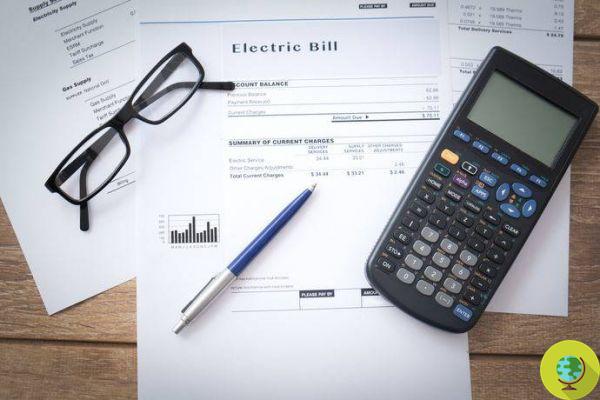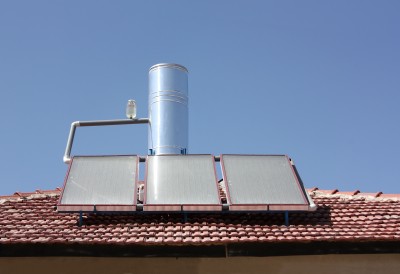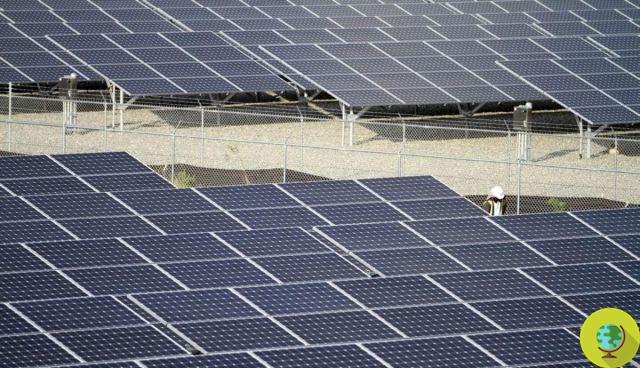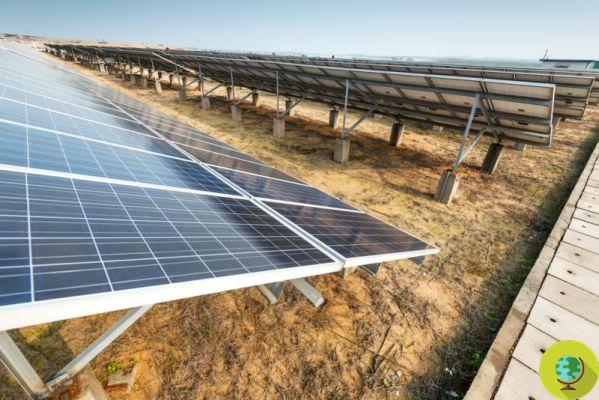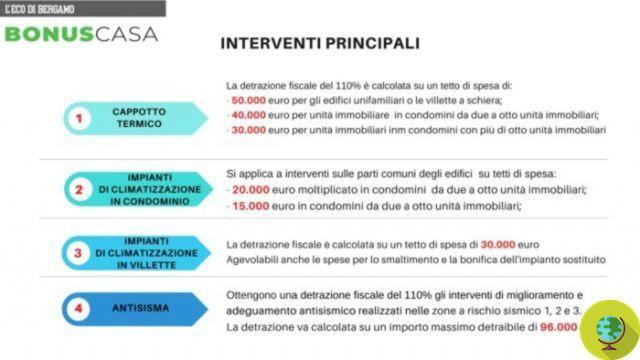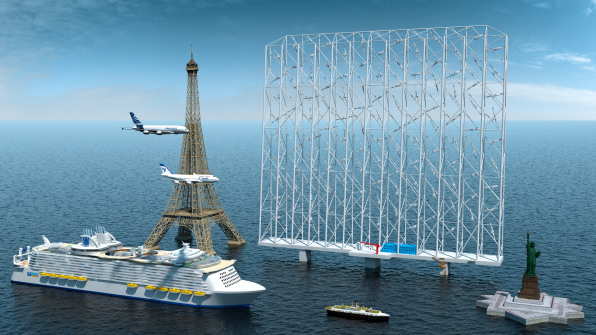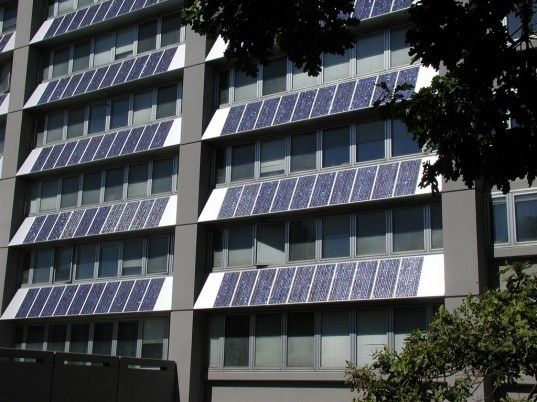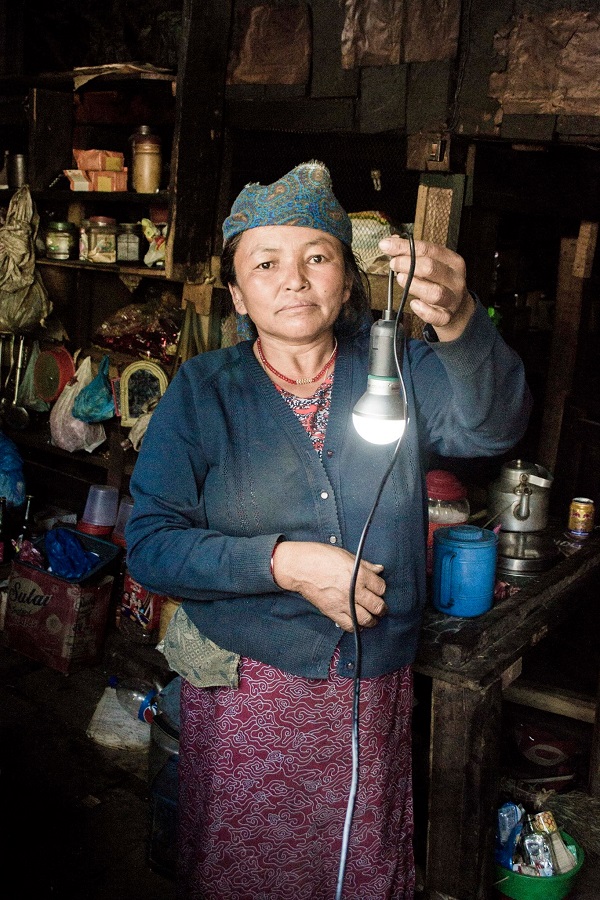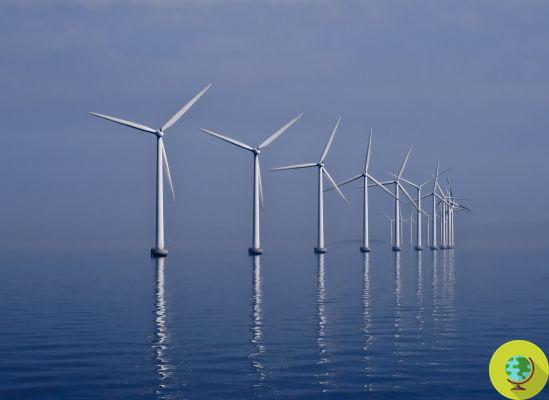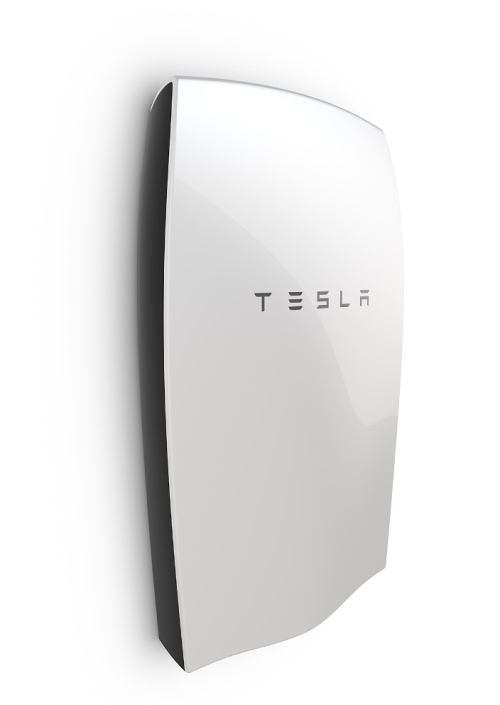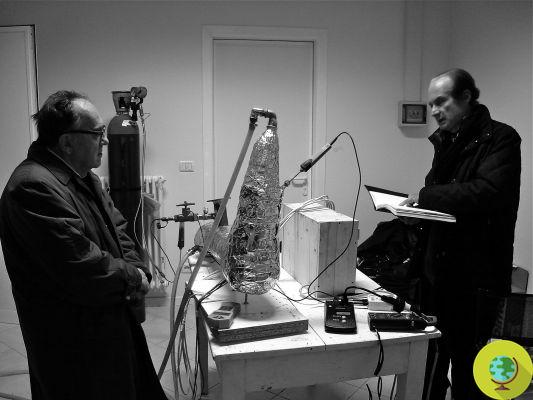When closed it looks like a flower, with folded petals. But inside it contains a great strength, which combines the grace of origami with that of modern technologies for space exploration but above all with the production of energy from renewable sources. It is the new photovoltaic panel on which NASA has been working for some time in collaboration with Shannon Zirbel, of Brigham Young University
He is about to end up run over, his mother saves him
When closed it looks like a flower, with folded petals. But inside it contains a great strength, which combines the grace of origami with that of modern technologies for space exploration, but above all with the production of energy from renewable sources. It is the new photovoltaic panel on which there has been working for some time NASA in collaboration with Shannon Zirbel, of Brigham Young University.
A device one centimeter large but capable of expanding up to 2,7 to 25 meters in diameter, managing to provide about 250 kW of energy. Thanks to a folding material, which uses a technique called hannaflex and which looks like a flower when compacted and has a flat circular shape. But once opened it can reach up to ten times its initial size.
At work on the project Brian Trease, who 20 years ago, during a study experience in Japan, learned the art of folding paper, to apply it to space technology. Taking up an idea already developed at Brigham Young University, Trease and his team thus created the first prototype of the photovoltaic panel.
Such a system would be able to replace the three groups of panels currently used by NASA, but it certainly would applications also on Earth, not just on space exploration.
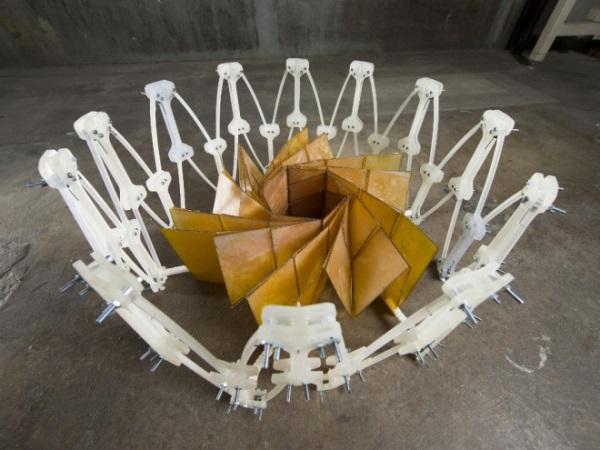
According to NASA researchers, in fact, the origami panel could allow the planet to use more solar energy through an orbiting power station capable of sending electricity to Earth wirelessly, for example via microwaves. Sending the solar panels up to space would be easy, explains Trease, because they could all be folded and packaged in a single rocket launch, with no need to send an astronaut for assembly.
Closed in departure like a fan or an accordion, once in orbit on panel-origami it would be able to open the folds by itself, turning towards the sun and capturing its energy and light, to be made available for satellites and stations but also for the Earth.
But there are still some difficulties to overcome. Scientists are still looking for a material that can withstand this type of stress. “Origami is historically made from paper. Now we are studying how to bend metals, plastic? ”, Trying to find a material capable of opening and closing, responding for a long time to these solicitations.
However, a fascinating idea, which once again starts from the call to traditions and clean energy in view of a future less and less linked to fossil sources.
Francesca Mancuso
READ also:
Paper batteries: with origami, efficiency increases by 14 times
The eco friendly catamaran is foldable and solar powered
Sailing in space, to other planets




